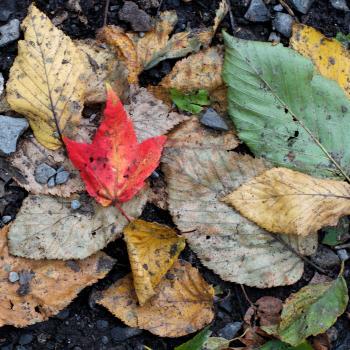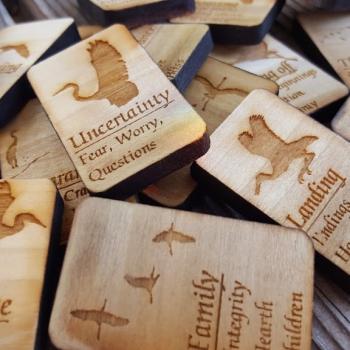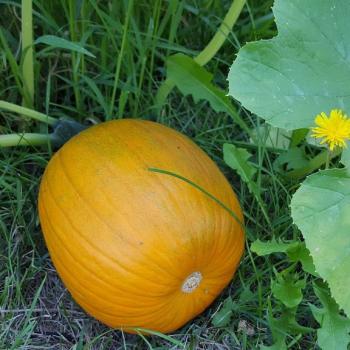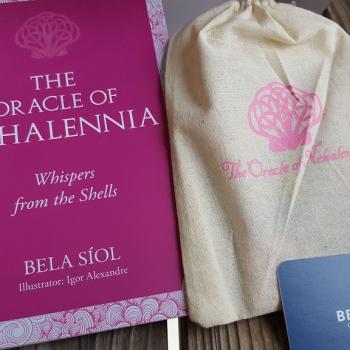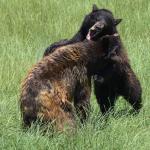
Creative Commons License
It’s a bit late this year, but here is my Anglo-Saxon calendar of holidays for 2017. The standard disclaimer applies: this calendar is based on my interpretation of the Venerable Bede’s description of the Anglo-Saxon calendar in his work De Temporum Ratione. I also take inspiration from modern Heathen and Pagan seasonal festivals. While I believe the months of the Anglo-Saxon peoples would have started on the first sighting of the crescent moon, I feel it is more accurate to place festivals on the dates of the full moon.
Charming of the Plow (February 10th) – The second month of the Anglo-Saxon calendar (following After-Yule) is called Solmonath. Bede describes this month as one in which cakes were offered to the Gods. I wrote a ritual for this holiday based on the Old English Aecerbot charm.
Festival for Hreda (March 12th) – The third month of the Anglo-Saxon calendar is named for the Goddess Hreda, whom Bede says was honored at this time of year. Extremely little is known about Her, but I have my own interpretation. Another possibility might be to celebrate the land wights local to you as spring begins to dawn.
Festival for Eostre (April 11th) – This month was called Eostremonath. Bede says this month was named for the Goddess Eostre, whose name eventually became our word Easter. Though we know very little about Eostre historically, it seems likely to me that She was a dawn Goddess whose liminal nature made Her a natural fit for springtime festivities. I have written about Her before, including a prayer and offering ritual.

Creative Commons License
Thrimilce (May 10th) – Thrimilce translates as “month of three milkings”. This can be a sort of Imbolc for Heathens, celebrating the gifts of milk and all things dairy. Typically, I celebrate it as a general spring festival; this is the time of year that Nebraska really starts warming up and gardens are ready to be planted!
Litha (June 21-23rd) – Following Thrimilce, there are two months that translate to Before-Litha and After-Litha; placing the holiday typically seen as celebrating the Summer Solstice between these two months. The actual date of the solstice is the 21st this year, while the new moon is on the 23rd. I usually choose to celebrate this day on the solstice itself.
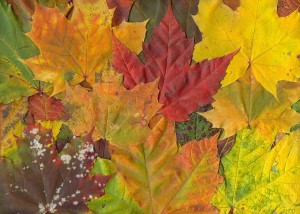
Creative Commons License
Hlaefmaest (August 7th) – This holiday falls in the month of Weodmonath, sometimes translated as Weed-Month. In Old High German it was called the Harvest-Month. Given its close proximity to the Pagan celebration of Lammas, I usually celebrate it in a similar way, baking bread and giving offerings to the land wights.
Freyfaxi (September 6th) – The name Freyfaxi is not Old English, and of course we have no way of knowing if Ing Frey was honored at this time of year. The full moon in Haligmonath, meaning Holy-Month, is near to many harvest and Frey-honoring celebrations at the autumn equinox. It seems an appropriate time to honor Him for the gifts of the harvest.
Winterfinding (October 5th) – Bede states that Winter began on the first full moon of the month Winter-Finding. In Nebraska, this month marks the slow decline of warmth and light. I tend to focus this festival on thankfulness for a good harvest, and preparation for the coming winter. I wrote a ritual symbolizing Frey’s wagon procession in Sweden that marks this time of year.
Winternights (November 4th) – This month is called Blot-Month, and so seems especially appropriate for offerings and ritual. The name Winternights is of course unattested in Old English, but since we have no historical name other than the generic Blot, I like its poetry. Historically, a blot usually referred to a blood sacrifice. For this celebration, I like to cook a very meat-and-potatoes centric meal like a roast. A few years ago, I wrote a prayer that can be used when cooking this meal; you can find it at the end of this post.

Creative Commons License
The 12 Days of Yule (December 18th-29th) – This year, the Winter Solstice takes place on December 21st. Though the 12 days of Yule can be arranged however you’d like, I tend to begin on the new moon closest to the solstice. Though these holidays are largely not found in historical sources, I love the idea of a nearly two week long celebration! On days where there is no specific celebration, I leave gifts outside for Woden and the other riders of the Wild Hunt.
Modranight (December 18th) – This day was said by Bede to be the beginning of the Anglo-Saxon calendar year. It translates as Mothers-Night, and was presumably a night to honor one’s ancestral mothers; similar to the Norse Disir who were honored at the Disablot.
Night Celebration (December 20th) – On this night and then evening leading up to the Solstice, I find it fitting to honor the Goddess Naeht (Nott in Old Norse sources), though She is not attested, or found as a deity in Old English sources. This personification of the night is in Her fullest power at this time of year. Special thanks to Laine Glaistig for this idea!
Solstice Night (December 21st) – On this day, I keep a vigil through the night and greet Sunne as She rises after the longest night of the year.
Christmas Eve (December 24th) – My extended family hosts a large celebration on Christmas Eve. I see it as a night to celebrate family. Later in the evening, I will make offerings to my recent ancestors who I once celebrated Christmas with. My children and I will leave cookies and milk out for Santa Claus, perhaps the most ubiquitous example of offerings for spirits known to Americans.
Christmas (December 25th) – Another day to honor one’s family and family traditions. For Heathens, I think there are few things more religious.
Toast to Woden (December 26th) – In the Saga of Hakon the Good, a Yule feast is described at which four rounds are drunk. For the final four days of the Yule season, I am inspired to celebrate these ideas. The first is an offering to Odin (or Woden) historically asking for His blessings on the King. I find it a fitting time to ask for wisdom and discernment for both secular and religious leaders.
Toast to Njord and Ing Frey (December 27th) – The second goblet in the Saga is drunk to Njord and Ing Frey to ask for peace and good seasons. For me, this is a good time to prepare a large meal and invite many friends to share in this peace; especially if a ham is cooked in reference to Frey’s sacred Yule boar. Part of the feast is of course saved and offered to Njord and Ing Frey.
Oaths for the New Year (December 28th) – The third round is one of oaths. Given its proximity to the New Year and the popularity of New Year’s resolutions, this seems the perfect time to commit to a goal for the following year. Of course, if this commitment takes the form of an oath, it carries much more weight than the typical quickly-forgotten resolution.
Twelfthnight (December 29th) – The last day of Yule, like the last round drunk in the Saga, I see as a time to remember those friends who have departed from us during the year. This time can be both emotionally wrenching and peaceful, as closure is found in the honoring of our Ancestors. Thus Yule begins and ends with toasts to the Dead.







